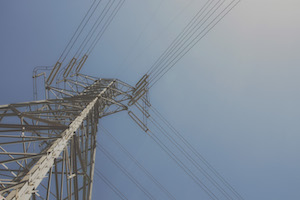Nuclear plant poses little threat to U.S.
It’s a big ocean between northeastern Japan and the United States and thousands of miles from the crippled nuclear power plant to much of Asia.
Experts have said there’s little chance that radiation from the shattered reactors could pose a serious threat to the wider world.
“Every mile of ocean it crosses, the more it disperses,” said Peter Caracappa, a radiation safety officer and clinical assistant professor of nuclear engineering at Rensselaer Polytechnic Institute in Troy, N.Y.
However, as crews who were trying to prevent a meltdown abandoned the plant to save their own lives, questions remained about just how much radiation levels would rise and where that toxic material would go.
All along, those at immediate risk were workers inside the plant and the people living closest to it.
If the water level in fuel storage ponds drops to the level of the fuel, a worker standing at the railing looking down on the pool would receive a lethal dose within seconds, according to a study by the Millstone nuclear plant in Connecticut.
Such intense radiation can prevent workers from approaching the reactor or turn their tasks “into suicide missions,” said David Lochbaum, a nuclear engineer who heads the nuclear safety program of the Union of Concerned Scientists.
Next in the line of danger would be those who live within a 20-mile radius. Areas around the plant have been evacuated for that reason, and the Japanese government has ordered some 140,000 people in the vicinity to stay indoors.
That should keep them relatively safe in the short-term, one expert said.
“The odds of someone outside the plant getting an acute injury — sick in the next couple of weeks — is close to zero,” said John Moulder, a professor of radiation oncology at the Medical College of Wisconsin in Milwaukee who studies the effects of radiation exposure.
But he said the long-term cancer risk for nearby residents will depend on exposure and cleanup efforts.
The radioactive particles probably contain materials linked to cancer in high doses, including cesium and iodine.
Many experts agreed that radiation would likely dissipate and pose far less danger to people farther away, especially those in other countries.
For one, radioactive cesium and iodine can combine with the salt in sea water to become sodium iodide and cesium chloride, which are common elements that would readily dilute in the wide expanse of the Pacific, according to Steven Reese, director of the Radiation Center at Oregon State.












